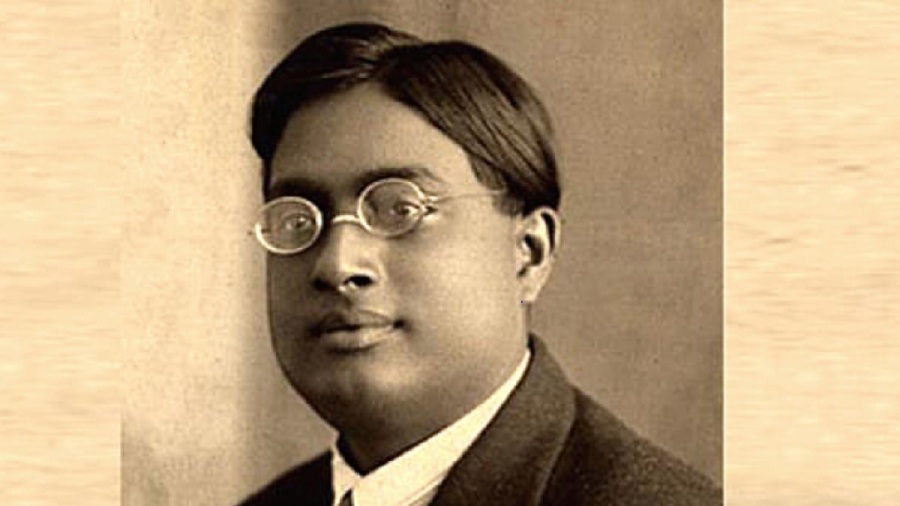Mathematician and physicist Satyendra Nath Bose died on this day. He was 80. He was noted for his contribution to quantum mechanics and his collaboration with Albert Einstein in developing a theory regarding electro-magnetic radiation.
In 1924, when he was teaching at the physics department of the University of Dhaka, Bose wrote a paper deriving Planck’s law for black body radiation, which concerns the spectrum of light emitted by any hot object, by using an original way of counting states with identical particles, without referring to classical electrodynamics. He sent the paper to Albert Einstein in Germany. Einstein, recognising the importance of Bose’s finding, translated the paper into German himself and submitted it for publication.
Bose’s interpretation came to be called Bose-Einstein statistics. Bose’s conclusion was foundational for quantum statistics. Bosons, the class of elementary subatomic particles that obey Bose statistics, was named after Bose by Paul Dirac.
Bose studied at Hindu School, Presidency College and Calcutta University (Science College), distinguishing himself at each of these institutions. He was taught by scientists such Jagadish Chandra Bose and Prafulla Chandra Ray. One of his contemporaries was another brilliant scientist, Meghnad Saha, with whom he worked closely. Bose taught at the University of Dhaka (Dacca) and the University of Calcutta.
He received the highest honours. He was a Fellow of the Royal Society and received the Padma Vibhushan. Seven Nobel Prizes were awarded for work related to Bose’s theories, though Bose was not awarded one. He had reportedly said that it did not matter; he had received all the recognition he had deserved.
